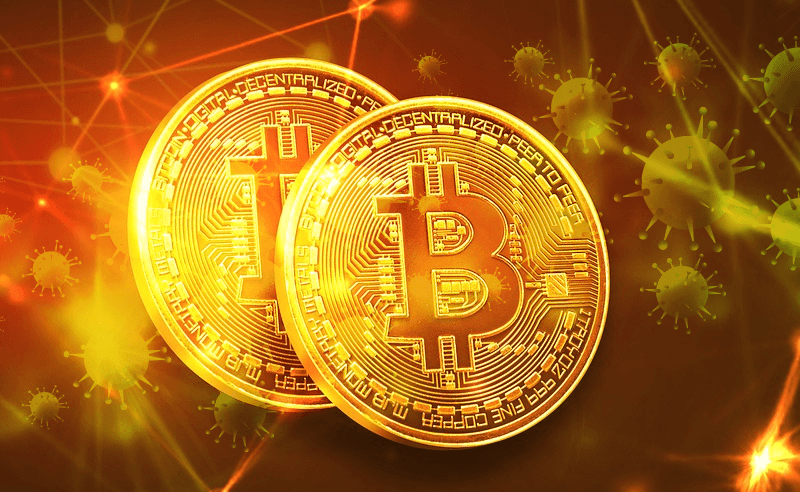May 24, 2022
Top 5 Decentralized Derivative Exchanges of the Crypto Industry
.
Disclaimer: The views and opinions expressed in this article are for informational purposes only and do not constitute financial, investment, or other advice. Investing in or trading crypto assets comes with a risk of financial loss.
Yash completed his graduation in b.tech (Computer Science ). Yash is passionate about applications of blockchain technology. Yash believes use of blockchain technology can transform our lives at a large scale. Yash daily reads articles, research reports and also documentation of different protocols. Yash listen to podcasts to know the view of industry experts.
